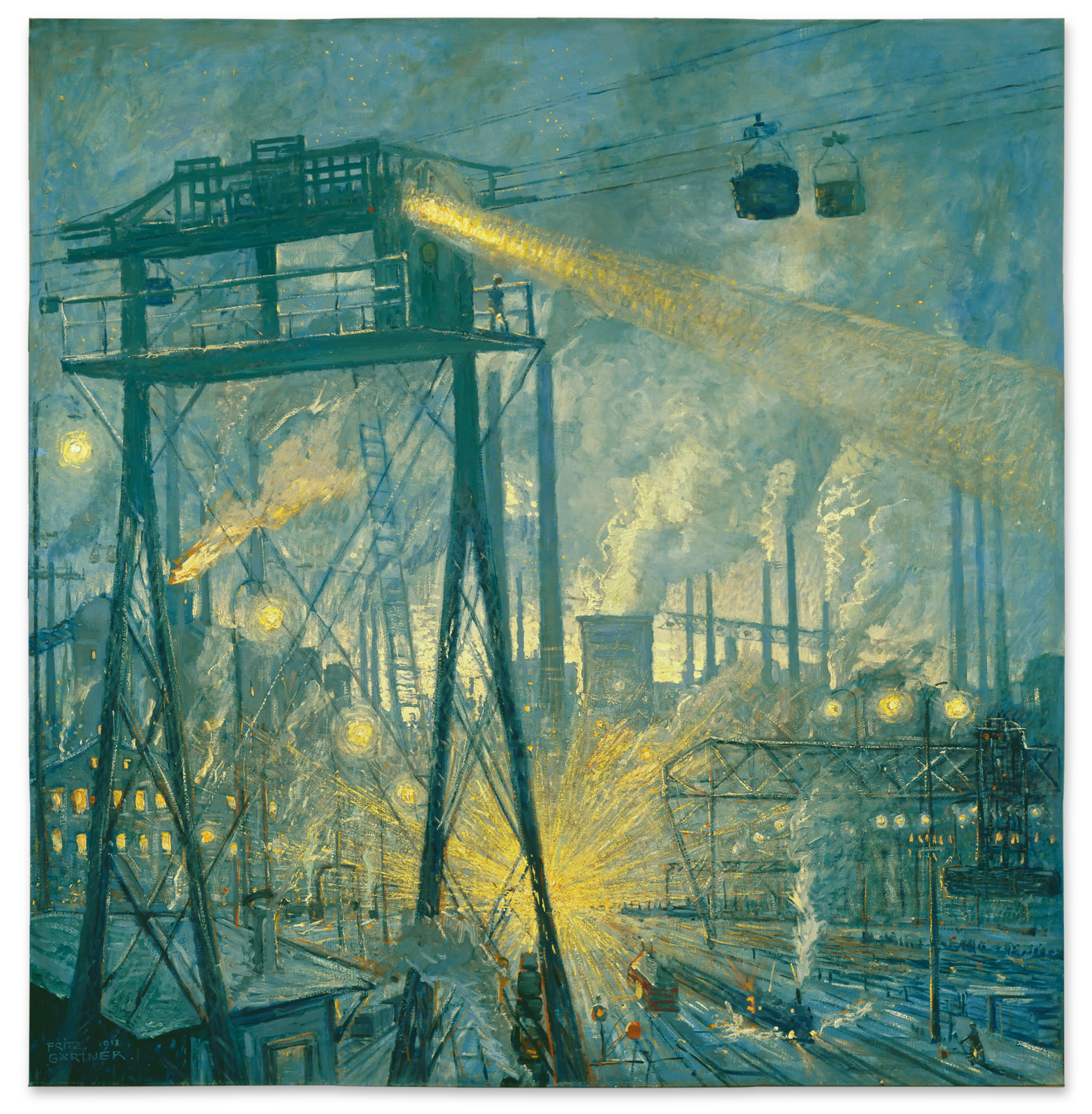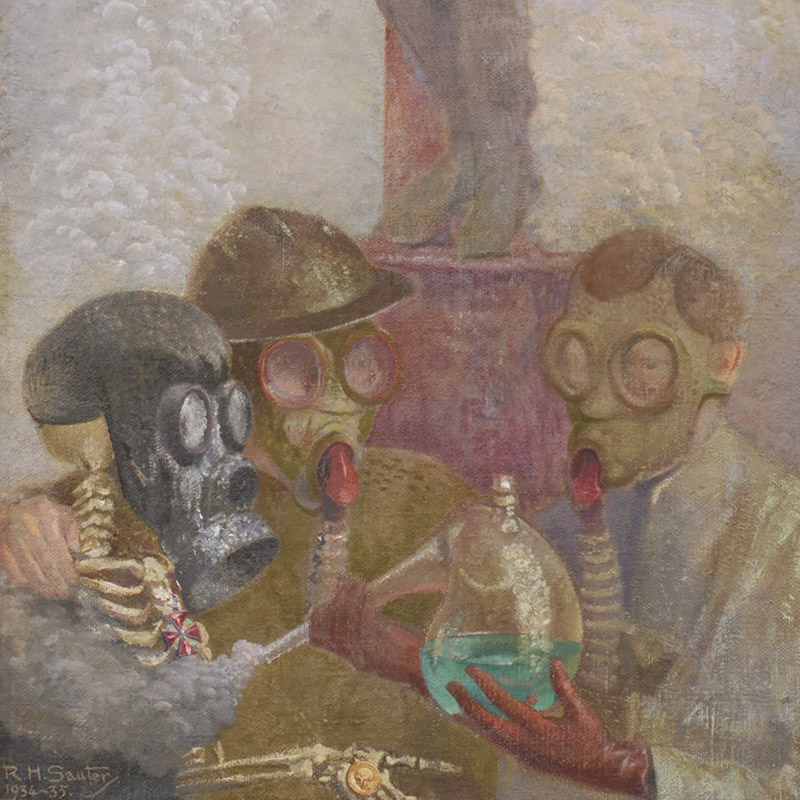November 19, 2024
In fall 2024, I taught a longstanding FIU Honors College class, "Art in Miami," while also collaborating with The Wolfsonian for the first time on a label-writing assignment. Throughout the semester, my students—who represent a diverse range of majors, from chemistry and biomedical engineering to history and liberal arts—engage with Miami's unique art world through visits to museums, private collections, artists' studios, and galleries. For many of the students, this class represents their first experience writing about art.
Something I want students to take away from the class is that the transformative power of art lies not in the object itself but in how we interact with it. For the assignment, each student selected a single work from The Big World: Alternative Landscapes in the Modern Era and were invited to "step inside" the world portrayed. They were asked to imagine themselves in the scene and explore its environment, atmosphere, and sensory details firsthand.
Conceptually entering the world of the artwork challenged students not just to analyze and interpret the works but to engage sensorily and emotionally with them. What does an artwork say to us? What does it do to us? Art should be listened to. Please enjoy reading what our wonderful students heard in The Big World.
—John Bailly, Faculty Fellow, FIU Honors College













